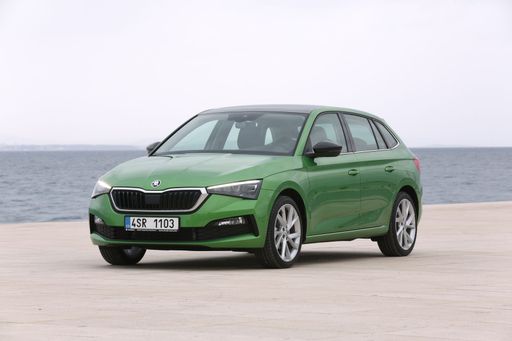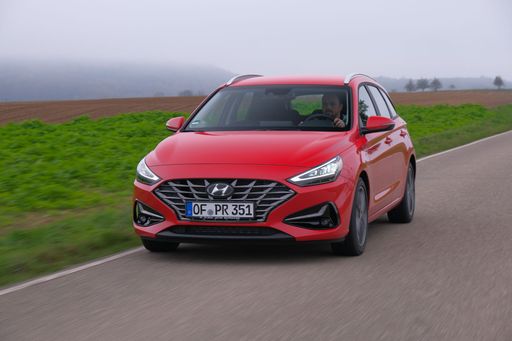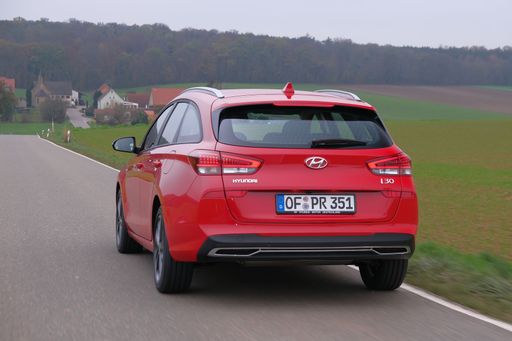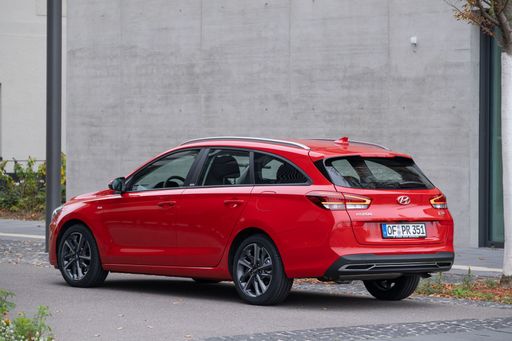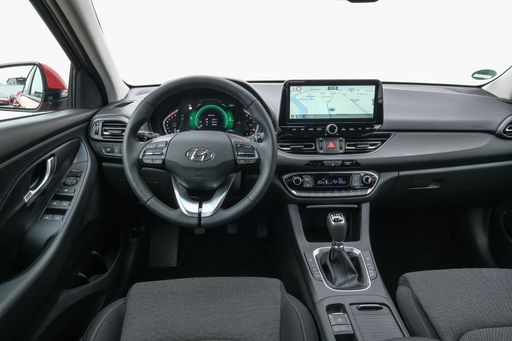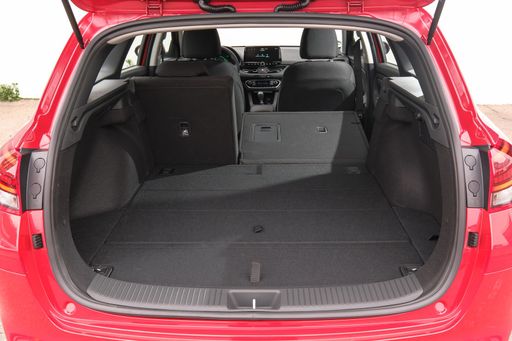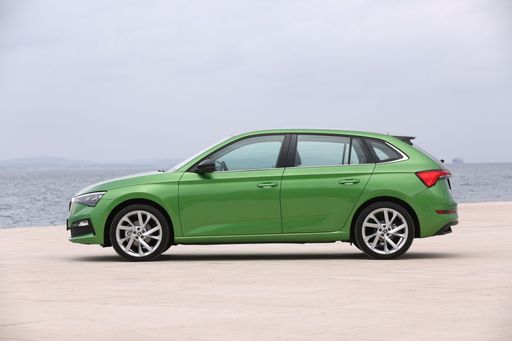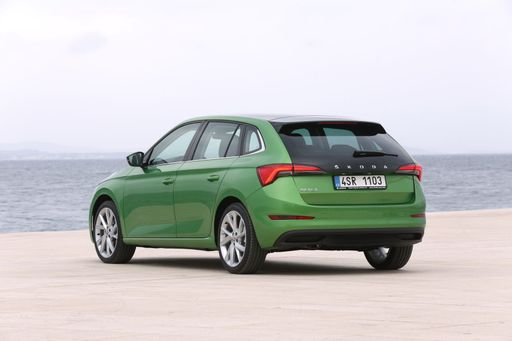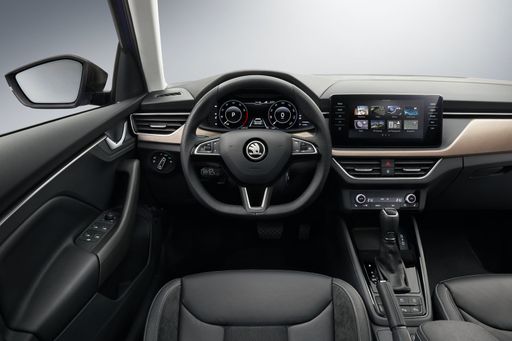Hyundai i30 Kombi vs. Skoda Scala: The Battle of Practicality and Style
When it comes to the compact car segment, two key players stand out: the Hyundai i30 Kombi and the Skoda Scala. Both vehicles offer a blend of style, efficiency, and practicality, making them prime contenders for buyers seeking a reliable daily driver. In this comparison, we will delve into their technical specifications and innovative features, helping you decide which model suits your needs best.

